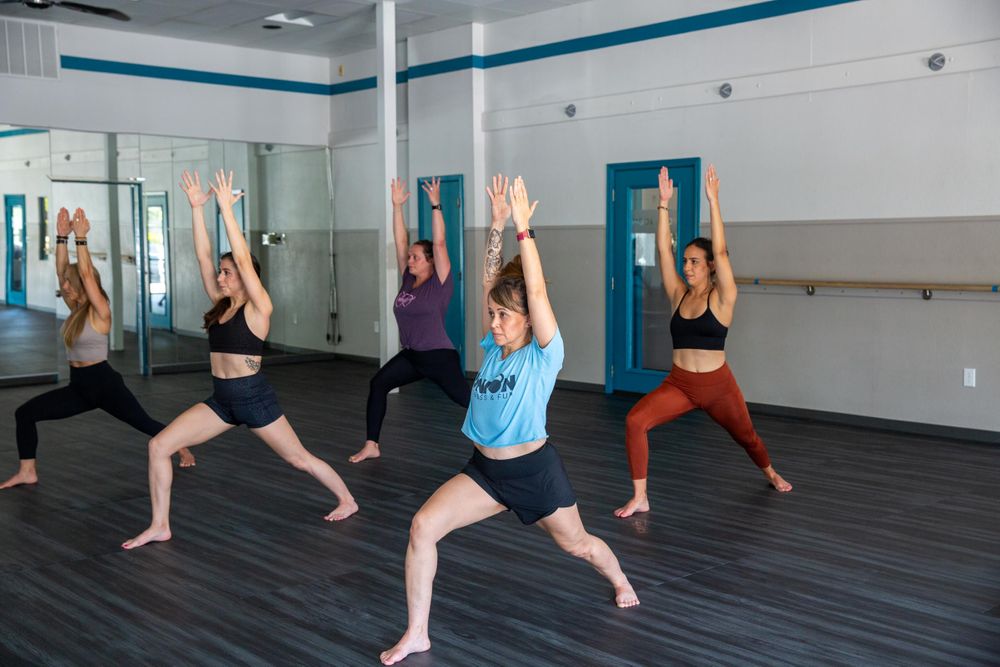In the contemporary landscape of mental health solutions, yoga emerges as a venerable and increasingly researched alternative to traditional therapeutic interventions for stress and anxiety.
As a practice that integrates physical, mental, and spiritual dimensions, yoga offers more than mere exercise; its methodologies, including asanas (postures), pranayama (breath control), and dhyana (meditation), are designed to foster a state of balance and harmony within the practitioner.
The question arises: how exactly do these ancient techniques translate into modern benefits, particularly in reducing psychological stress and enhancing emotional resilience? This inquiry not only invites further exploration into the physiological mechanisms at play but also challenges us to reconsider our approaches to mental wellness.
Understanding Yoga's Stress-Relief Mechanisms
Yoga alleviates stress and anxiety through physical postures, controlled breathing, and meditation, targeting the mind and body. This holistic approach integrates various elements that systematically reduce physiological and psychological stressors. The physical postures, or asanas, enhance physical flexibility, strength, and stamina, which help manage the physical symptoms of stress and anxiety, such as tension and fatigue.
Controlled breathing techniques, known as pranayama, are central to calming the nervous system. By focusing on deep, rhythmic breathing, the body's fight-or-flight response, often triggered by anxiety, is subdued, leading to relaxation.
Meditation, another pivotal aspect of yoga, directs the practitioner's focus inward, promoting mental clarity and peace. This mindfulness practice increases awareness of the present moment, helping individuals detach from overwhelming or distressing thoughts and emotions.
Furthermore, regular yoga practice cultivates greater harmony between the mind and body. This integration helps foster resilience against day-to-day stressors, equipping individuals with a more adaptive response to anxiety. In essence, yoga not only addresses the symptoms but also modifies the body's stress response systems, thereby offering a durable reduction in overall anxiety and stress levels.
Practical Yoga Techniques for Anxiety
Several practical yoga techniques can effectively mitigate symptoms of anxiety. Deep breathing, or Pranayama, is a cornerstone of yoga that helps calm the mind and reduce stress hormones. Techniques like Ujjayi breath, involving a slight constriction of the throat to create a soothing sound, can significantly enhance relaxation.
Another highly beneficial practice is Asana, which is the physical posture of yoga. Balasana (Child's Pose) and Shavasana (Corpse Pose) promote physical relaxation and mental tranquility. Incorporating these into daily routines helps ground the mind and divert it from anxious thoughts.
Coupled with these poses, meditation enhances the benefits by fostering mindfulness and a present-state focus. Guided imagery during meditation can redirect thoughts from anxiety-inducing topics to calmer, reassuring scenarios, effectively lowering anxiety levels.
Lastly, incorporating Yoga Nidra, or yogic sleep, encourages deep relaxation without full sleep. This technique systematically relaxes each body part, leading to conscious deep rest that rejuvenates the mind and body. It is an excellent tool for anxiety management, and engaging regularly in these practices can significantly alleviate anxiety symptoms and improve overall mental health.

